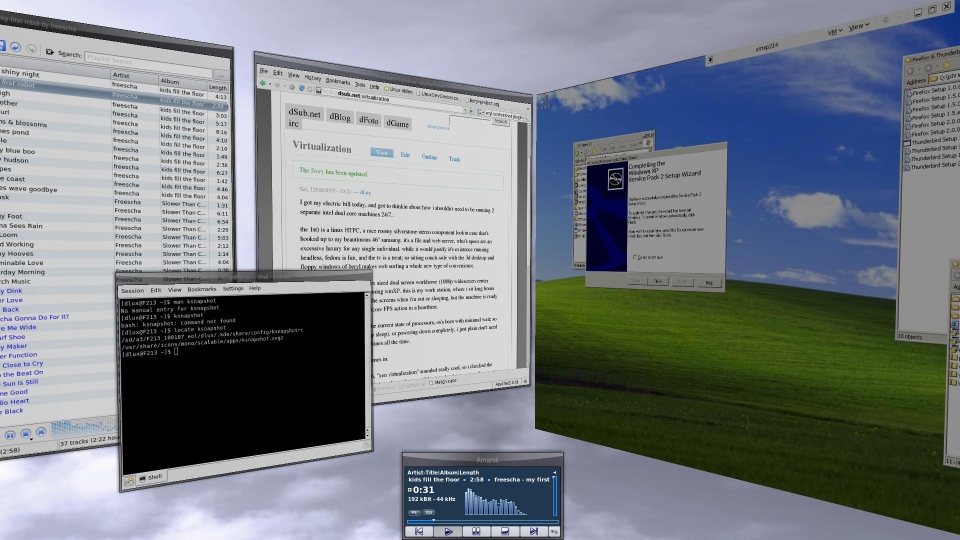Challenges Faced By The Virtualization Technology

Virtualization is about making data centers more flexible and efficient, but the technology also poses new challenges to many businesses, especially for IT managers. Building systems on less physical servers is one of the main benefits of the technology, however, cooling requirements of a virtualized server are very different from those required in a server that runs a single application. Typically, virtualization increases CPU utilization to 70% and generates more heat.
Using VMware and Xen technologies, the IT community has virtualized many servers in the past few years, reducing the total number of physical servers in some cases to 25%, however, it is discovered that the total energy consumption has increased because the virtualization has enabled many new applications to run on fewer physical server that wasn’t possible with earlier technologies. In addition, higher energy consumption is also attributed to high-performance computers clustering and more powerful processors. Higher energy consumption also increases the size of UPS (uninterruptible power supply). In short, with virtualization, IT community needs to adapt the data center with new demands that were not present in the past. Ultimately, it is necessary to continuously turn off nodes that are not in use to save costs and valuable resources.
IT professionals that have understood the challenges of virtualization, may have the outlook, after previous failure in implementing the technology. For them, although virtualization has improved the environment for future expansion and makes it easier to provision new servers, but not all workloads are appropriate for this technology. Applications that require significant processing power are not good candidates for virtualization, while the network storage technology is only beginning to catch up to the reality of virtualization, as IT professionals need larger storage capacity in fewer physical systems. Virtualization is essential when building a private cloud networking and many IT teams are seeking to leverage virtualization, Web services and other technologies to build a network that allows users to request and obtain new services quickly, without having to worry about buying a server or configure their storages.
